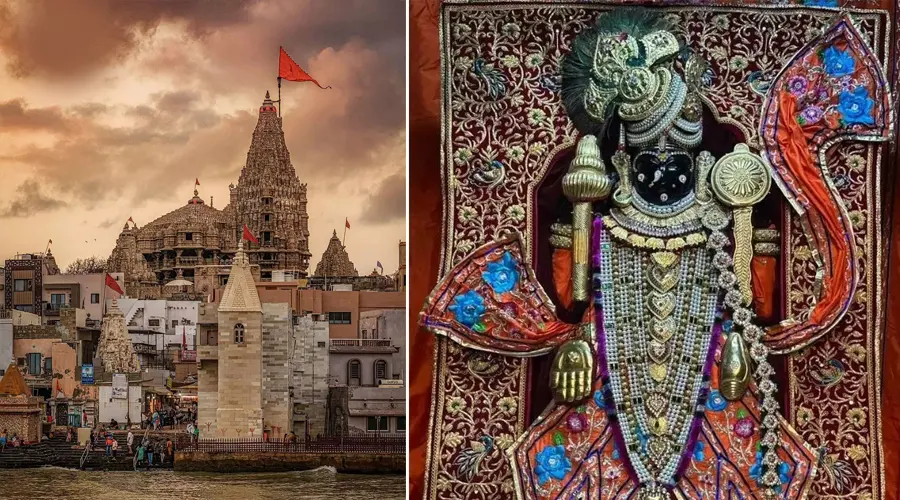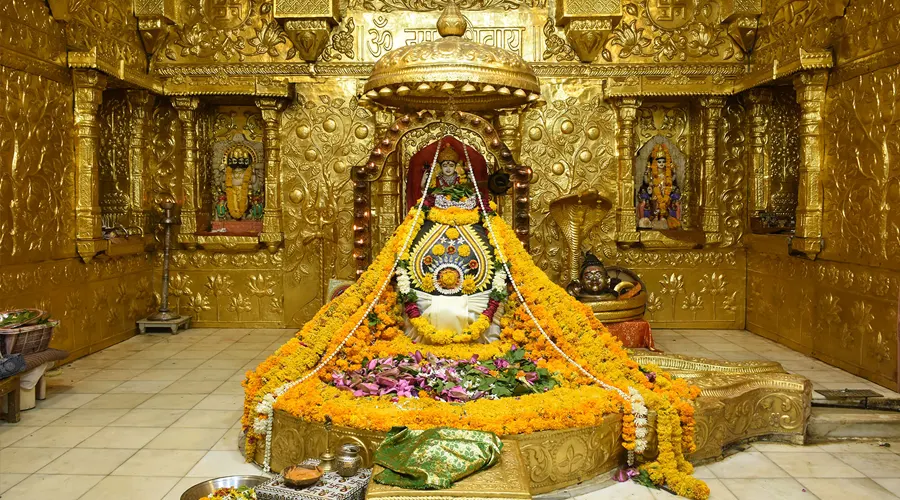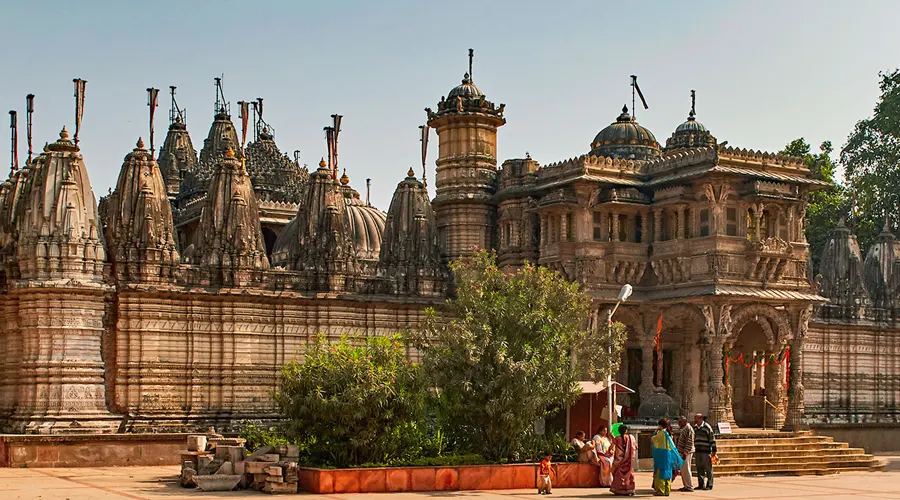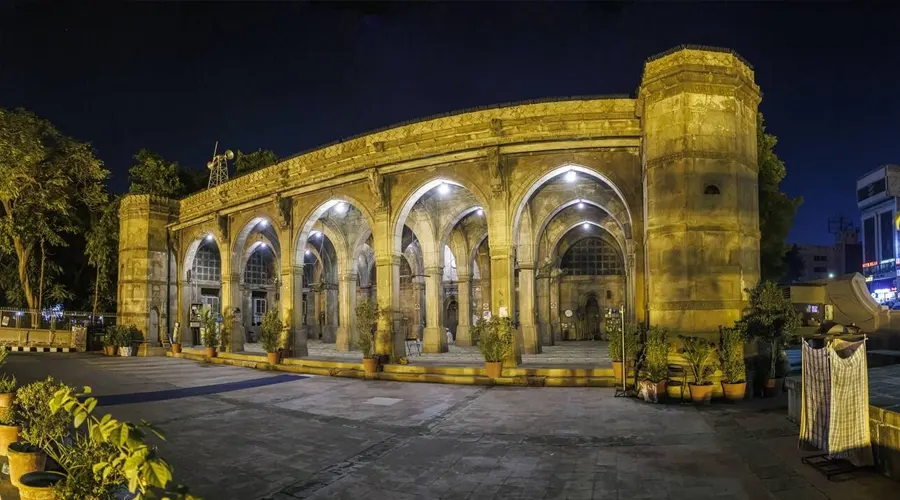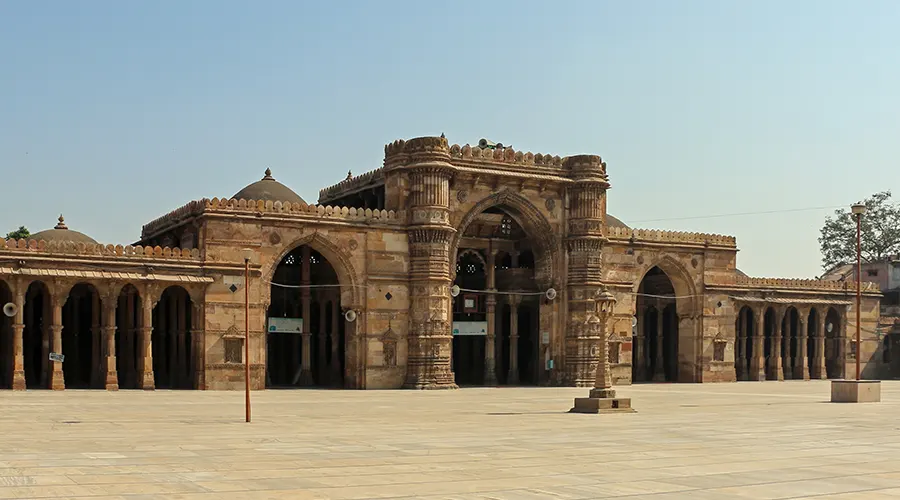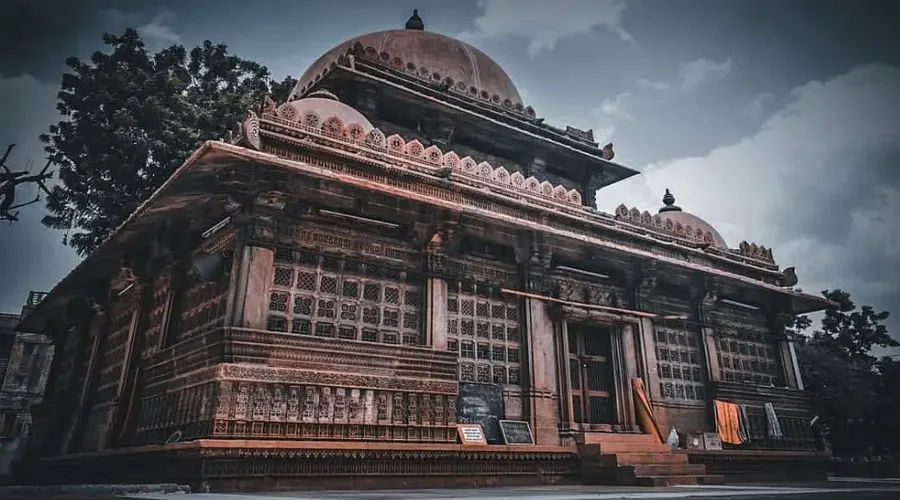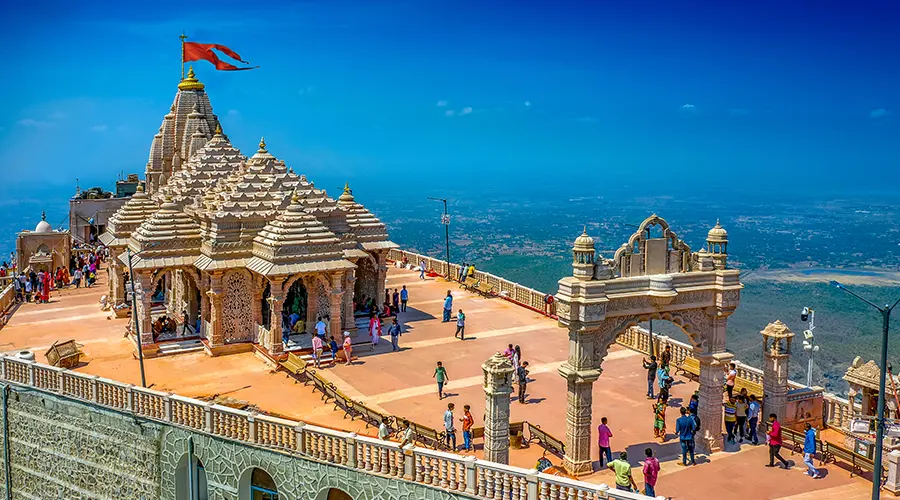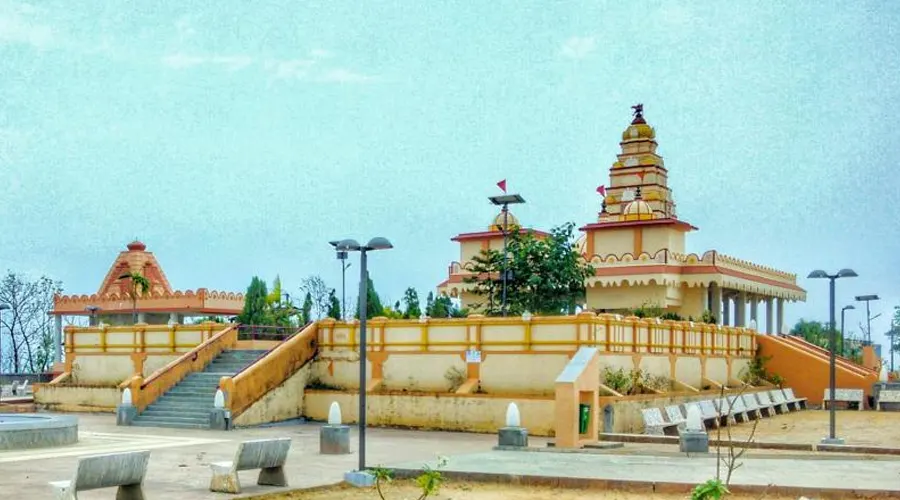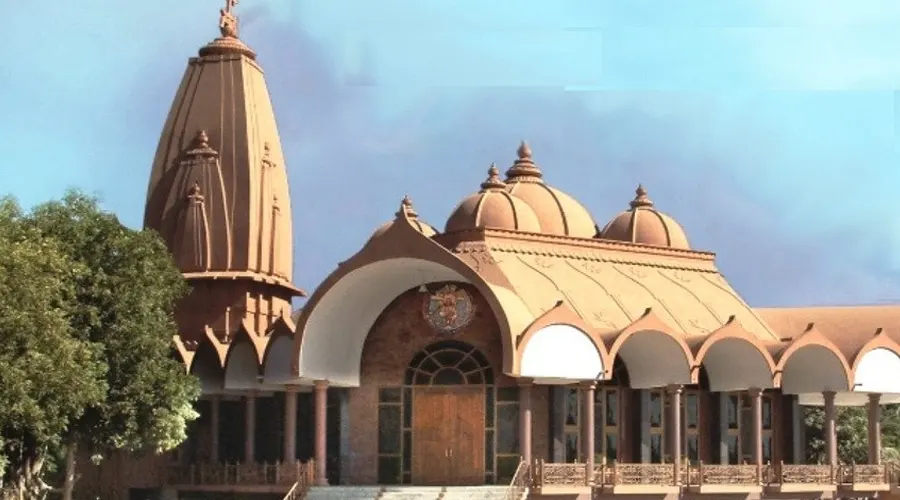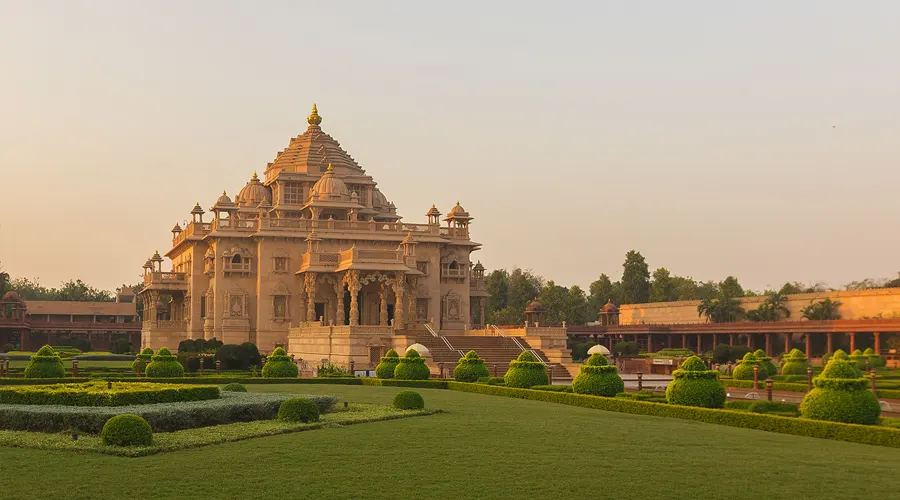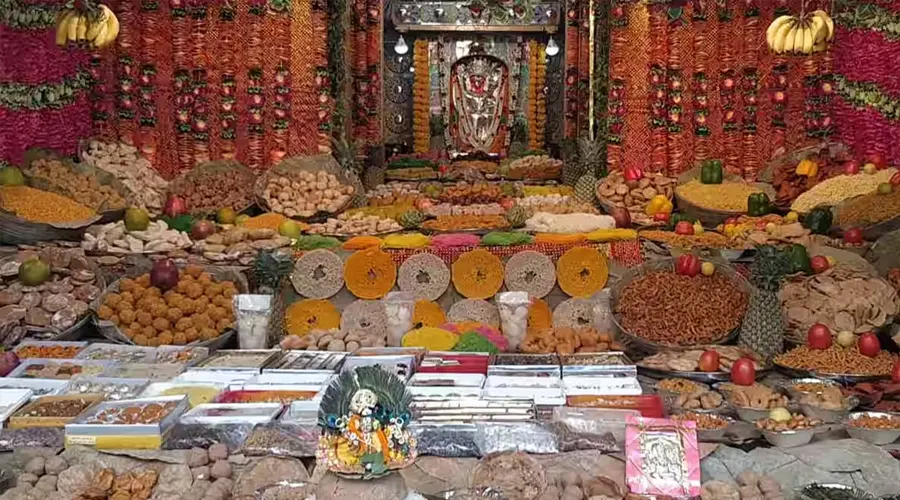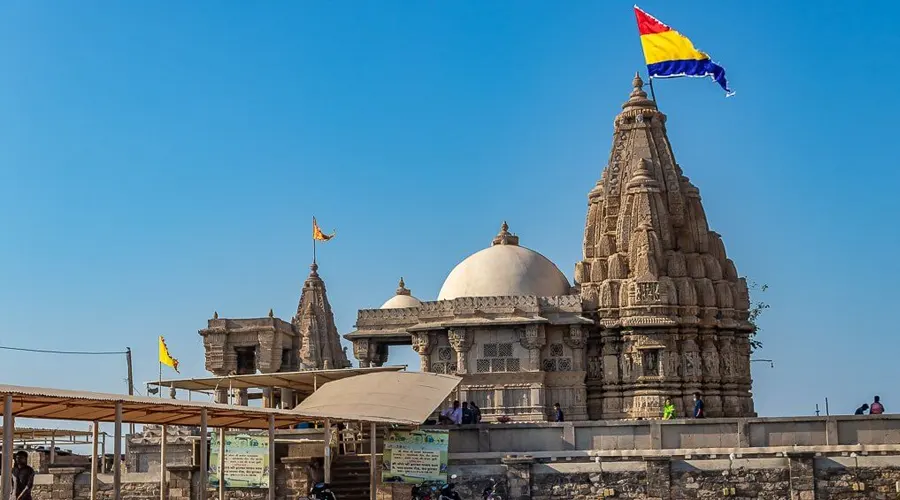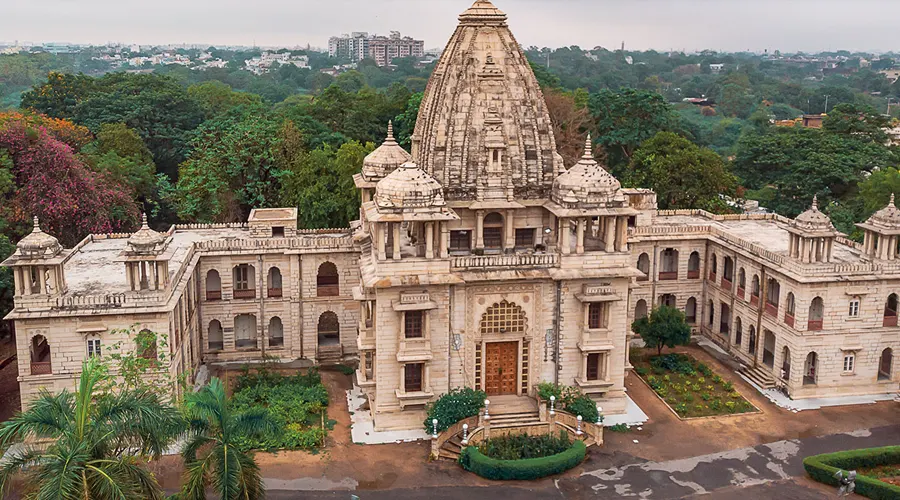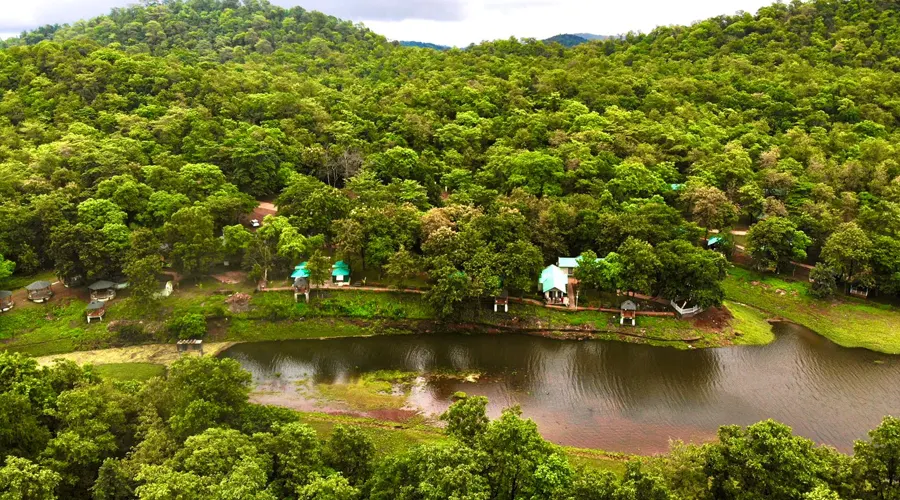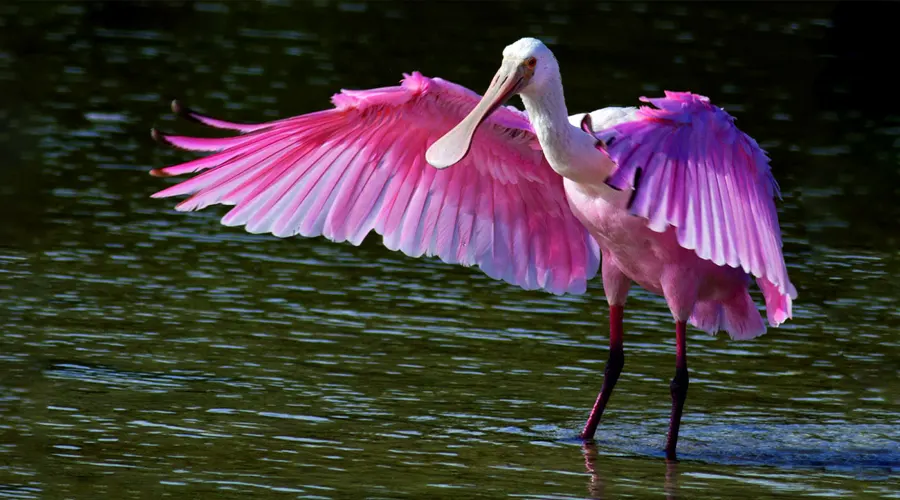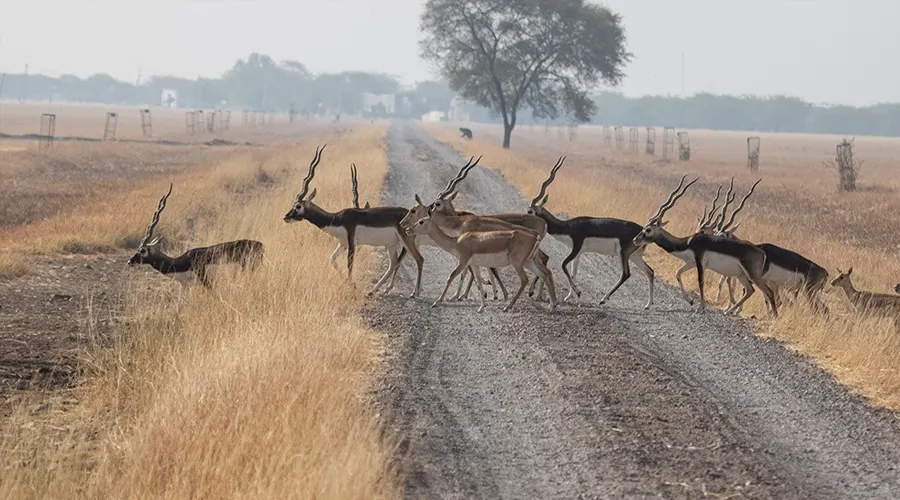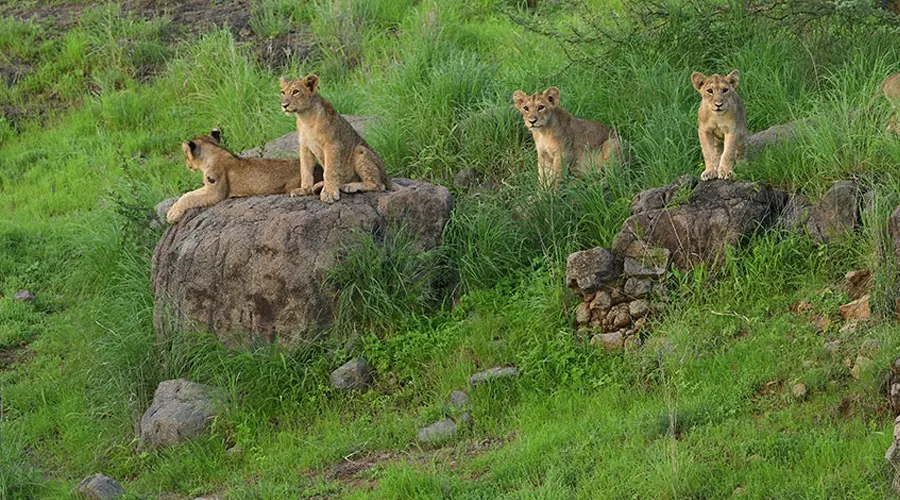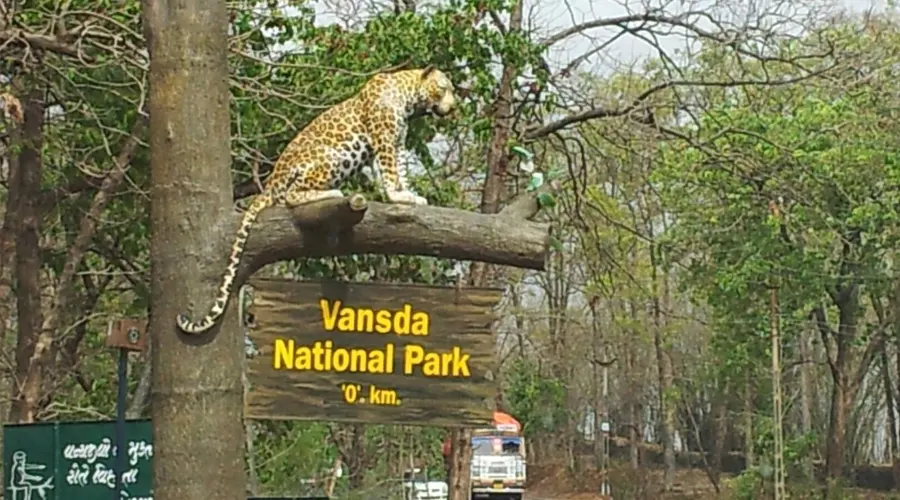Dwarkadhish Temple
One of the most visited Hindu pilgrimage temples in India, Dwarkadheesh Jagat Mandir, is considered one of the four Dham (divine abodes) in India.' The literal of Dwarka signifies 'Gate to Liberation'- 'Dwara' meaning door and 'ka' implying eternal happiness. The penetrated Dwarkadheesh temple nestles between the ocean coast and the town of Dwarka.
As per the mythology facts, the original Jagat Mandir dedicated to Ranchhodraiji was constructed by the great-grandson of Lord Krishna, Vajranabhji. Later, it was reconstructed several times following deluges and attacks by invaders. The present structure of the temple was constructed in the 15th-16th century in Chalukya-style architecture.
Built of soft limestone and granite, Jagat Mandir features a vestibule, sanctum, and a rectangular hall with porches on three sides. The temple has two entrances - "Moksha Dwara" (Door to Salvation) towards the North and "Swarga Dwara" (Gate to Heaven) to the North.
The main temple included four sections- Vimangrih, Bhadrapeeth, Ladva Mandap, and Arth Mandap. From plinths to walls to columns, every corner of the temple is profusely carved with panels of elephants, dancers, celestial beings, and musicians. Situated a short distance to its east is the small lavishly carved Rukmini Temple. Built in the 12th century, the temple is dedicated to Krishna's wife.
History of Dwarkadhish Temple
Dwarka on the western tip of the Kathiawar Peninsula is clubbed with the holiest sites in India – the Char Dhams which include Badrinath, Puri, and Rameshwaram. It is believed that Lord Krishna arrived here from Braj in Uttar Pradesh to build the city. The temple was established by his grandson.
It is at the cusp of the Gomti River and the Arabian Sea, providing a scenic backdrop to the spiritual site. It is said that Dwarka was submerged under the sea six times and what we see now is its seventh avatar. The temple itself has a fascinating legend. The original structure was destroyed by Mahmud Begada in 1472 and subsequently rebuilt in the 15th-16th century. It was also feted by Adi Shankaracharya, the 8th-century Hindu theologian and philosopher.
Legend of the Idol of Lord Dwarkadhish
Badana, a devotee of Lord Dwarkadhish, visited the temple every day from Dakor. Pleased by her devotion, Lord Dwarkadhish went along with her to Dakor. The priest at the shrine enraged at Badana, chased her to get back the idol. However, Badana convinced the priests of the Idol in exchange for gold.
Lord Dwarkadhish showed a miracle, and surprisingly the Idol weighed only a nose ring since Badana had just that to give. Besides, the lord convinced the priests that they would find a replica of the idol one day. There is a yet-to-grow idol enshrined in Dwarka.
Legend of Rukmini's Shrine
It is believed that Dwarka was built by Krishna on a piece of land that was reclaimed from the sea. Once when sage Durvasa visited Krishna and his wife Rukmini, he eagerly wished to visit their palace. As they were on their way, Rukmini got tired and asked for some water.
Krishna brought in river Ganga to the place they stood by digging a mythical hole. Furious by this, Sage Durvasa cursed Rukmini to remain where she stood. The place is now a shrine in the temple.
Architecture of Dwarkadhish Temple
The enchanting temple is made of limestone and sand. Its majestic five-storey tower is supported by 72 pillars and an intricately carved spire that's 78.3m high. It has an exquisitely carved Shikhar that soars 42 m high with a flag made of 52 yards of cloth.
The flag consists of sun and moon symbols, personifying Lord Krishna's reign over the temple, as long as the sun and moon exist. The grandeur of the temple is enriched by the two gateways Swarg Dwar (where pilgrims enter) and Moksha Dwar (where pilgrims exit) and comprises a vestibule, sanctum, and a rectangular hall with porches on either side. Outside the south doorway of the edifice, 56 steps lead to the banks of the Gomti River.

